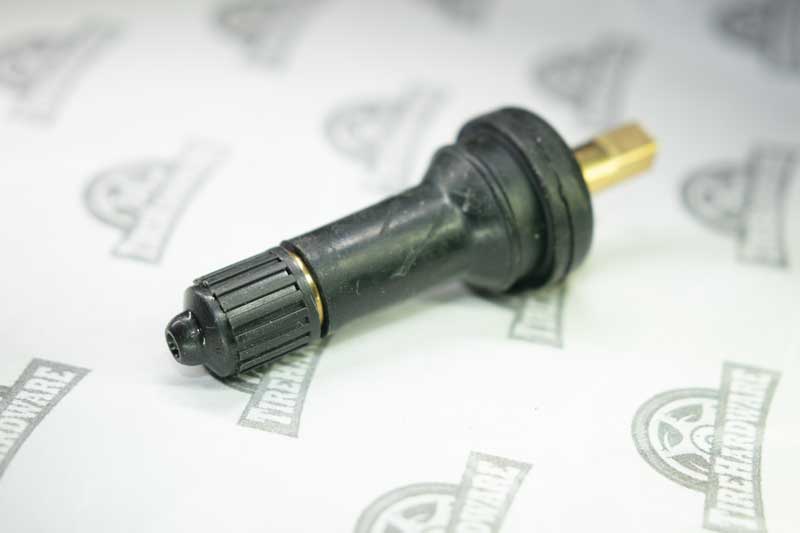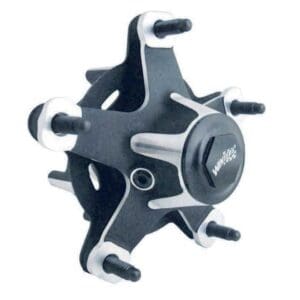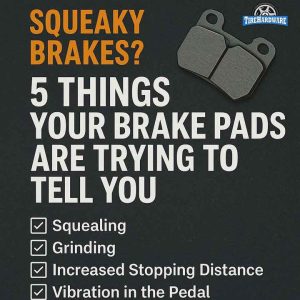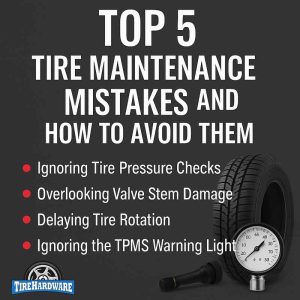Snap-in tire valves are essential for maintaining tire pressure and overall vehicle safety. However, they can encounter several common issues. Understanding these problems and taking preventive measures can help you avoid costly repairs and keep your tires in optimal condition.
1. Air Leaks
One of the most frequent problems with snap-in tire valves is air leakage. Leaks often occur due to worn or damaged valve stems. Over time, exposure to weather and road debris causes the rubber to degrade.
Prevention: Regularly inspect your tire valves for cracks or signs of wear. Replace them every time you change your tires to ensure proper sealing.
2. Valve Stem Cracks
Rubber valve stems are prone to cracking, especially when exposed to extreme heat or cold. These cracks lead to slow air loss or sudden tire deflation.
Prevention: Check your valve stems regularly, especially during seasonal temperature changes. Replace any valves showing signs of cracking or weathering.
3. Damaged Valve Caps
Valve caps protect the valve stem from dirt and moisture, but they can become damaged or lost. Without the cap, debris can enter the valve, causing slow air leaks or damage to the valve core.
Prevention: Always use high-quality valve caps and check them during routine tire inspections. Replace missing or broken caps immediately.
-
 Double Seal Chrome Valve Caps – QTY 50 (6541-N)$44.75
Double Seal Chrome Valve Caps – QTY 50 (6541-N)$44.75 -
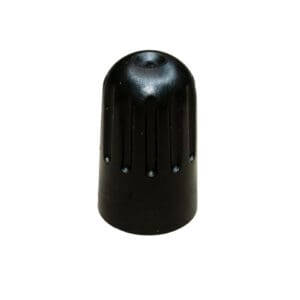 GM Long Skirt Plastic TPMS Valve Caps with O-Ring – QTY 100 (TI114)$11.79
GM Long Skirt Plastic TPMS Valve Caps with O-Ring – QTY 100 (TI114)$11.79 -
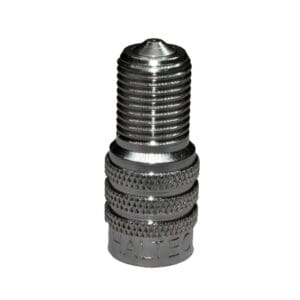 Haltec Double Seal Valve Cap – QTY 100 (VH82)$92.00
Haltec Double Seal Valve Cap – QTY 100 (VH82)$92.00 -
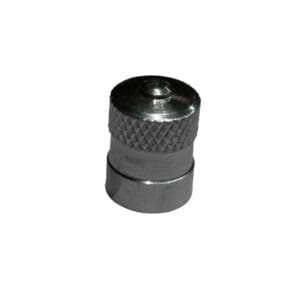 Metal Valve Cap for Truck Valves – QTY 100 (VHI53/1)$14.79
Metal Valve Cap for Truck Valves – QTY 100 (VHI53/1)$14.79 -
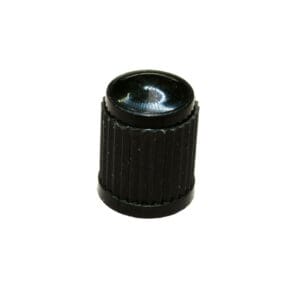 Plastic Valve Caps With Seal – QTY 100 (TI118)$5.88
Plastic Valve Caps With Seal – QTY 100 (TI118)$5.88 -
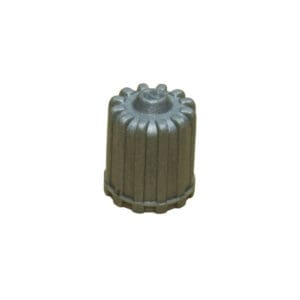 Grey O’Ring Seal TPMS Valve Cap – QTY 100 (TR25306)$8.99
Grey O’Ring Seal TPMS Valve Cap – QTY 100 (TR25306)$8.99
4. Corrosion
Exposure to road salt and moisture can cause corrosion on the metal parts of the valve. Corrosion weakens the valve and increases the risk of failure.
Prevention: Clean your valve stems regularly, especially during winter months. Use valve caps to protect the internal components from moisture.
5. Improper Installation
Sometimes, snap-in tire valves are not installed correctly, leading to poor sealing and air leakage. If the valve isn’t fully seated, it won’t function as intended.
Prevention: Always have tire valves installed by a professional or use a valve installation tool. Double-check the seating before inflating the tire.
6. Worn Valve Cores
The valve core inside the snap-in valve can wear out, causing air to leak through the center. Over time, frequent tire inflation can degrade the valve core.
Prevention: Replace the valve core periodically, especially if you frequently inflate or adjust tire pressure. Valve cores are inexpensive and easy to replace.
7. UV Damage
Prolonged exposure to sunlight can cause rubber components of the snap-in valve to become brittle and crack. This weakens the valve and leads to air loss.
Prevention: Park in shaded areas when possible to reduce UV exposure. Consider using valve stem covers to protect the rubber.
Final Thoughts on Snap-In Tire Valves
Snap-in tire valves are small but crucial components of tire maintenance. Regular inspections, timely replacements, and using protective caps can prevent common issues. Maintaining healthy valves ensures optimal tire pressure, improves fuel efficiency, and enhances vehicle safety.
By addressing these common problems, you can avoid unnecessary repairs and extend the life of your tires.
-
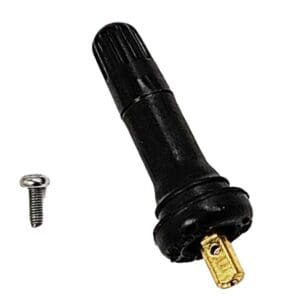 G.M./Ford EU-Pro Hybrid 3.5 & Schrader Gen 4 Snap-In Rubber TPMS Valve (6-207)$1.98
G.M./Ford EU-Pro Hybrid 3.5 & Schrader Gen 4 Snap-In Rubber TPMS Valve (6-207)$1.98 -
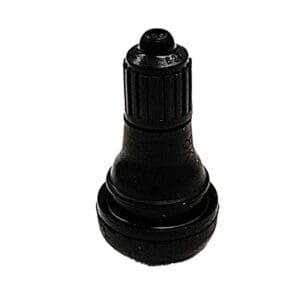 .88 Inch Snap-in Rubber Valve Stem – TR412$0.97
.88 Inch Snap-in Rubber Valve Stem – TR412$0.97 -
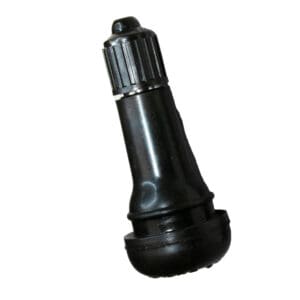 Rubber 1.25 Inch Snap-In Tire Valve Stem – TR413$0.99
Rubber 1.25 Inch Snap-In Tire Valve Stem – TR413$0.99 -
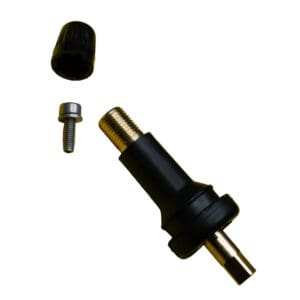 Hamaton Replacement Snap-In Valves for TRW Version 4 Sensors (6-211)$2.49
Hamaton Replacement Snap-In Valves for TRW Version 4 Sensors (6-211)$2.49 -
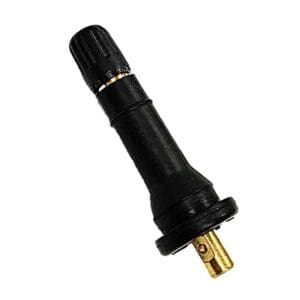 Hamaton Replacement Snap-In Valve for Schrader Sensors (6-210H)$2.99
Hamaton Replacement Snap-In Valve for Schrader Sensors (6-210H)$2.99 -
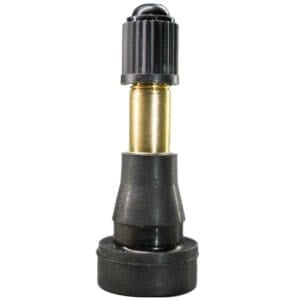 High Pressure Snap-In Rubber Valve Stem 1.27 Inch – TR600HP$1.29
High Pressure Snap-In Rubber Valve Stem 1.27 Inch – TR600HP$1.29 -
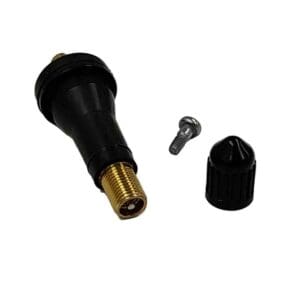 Hamaton Dual Fitment Snap-In Valves for Schrader Sensors (6-207B)$1.99
Hamaton Dual Fitment Snap-In Valves for Schrader Sensors (6-207B)$1.99 -
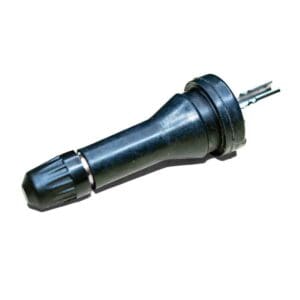 Hamaton TPMS Rubber Stem Snap-In Valve for Conti-VDO Sensor (6-208)$2.98
Hamaton TPMS Rubber Stem Snap-In Valve for Conti-VDO Sensor (6-208)$2.98

